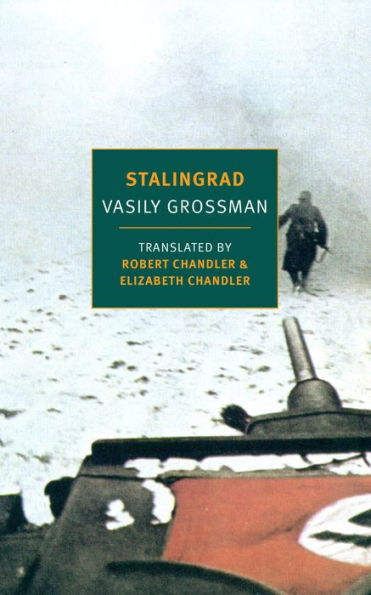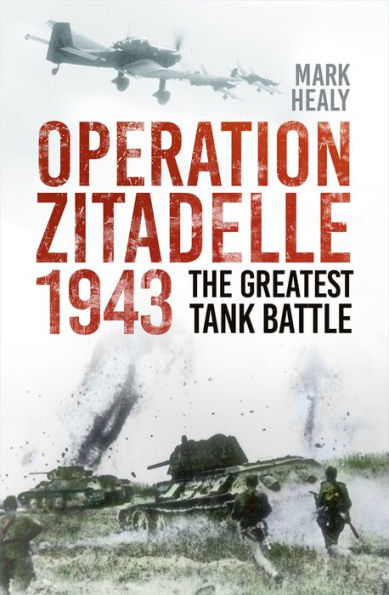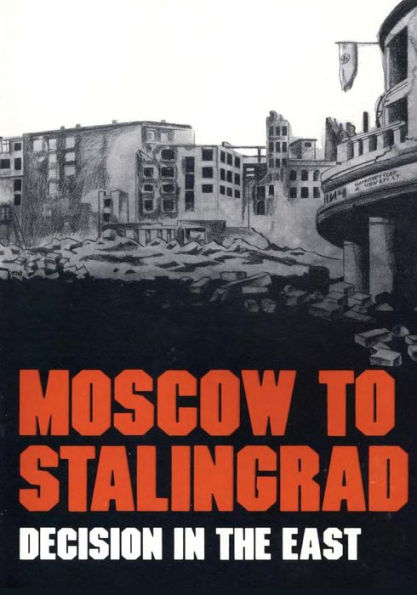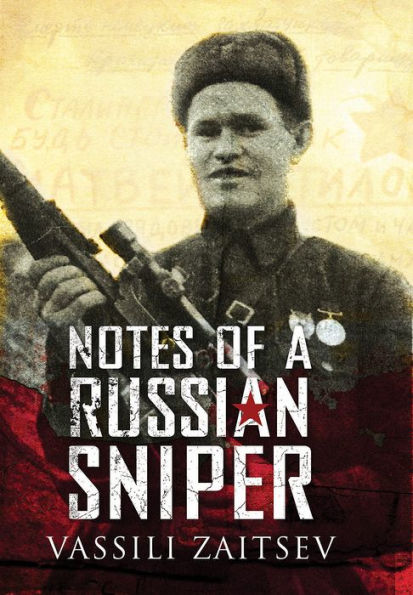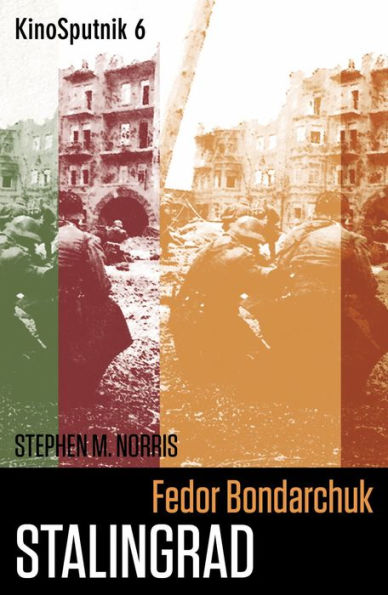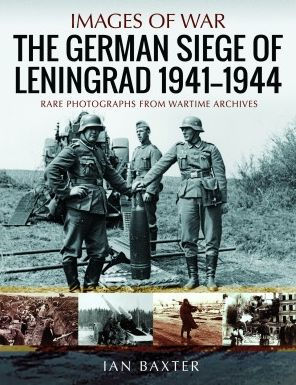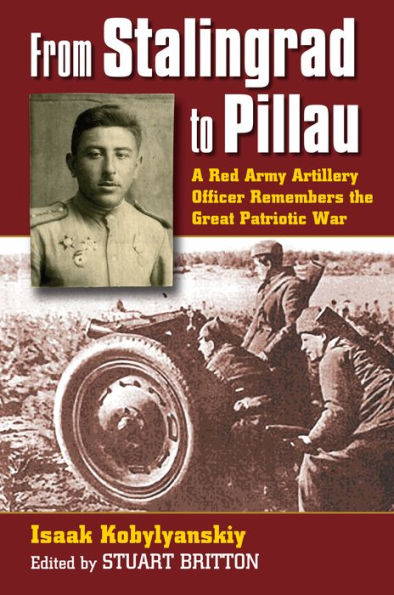Home
The Greatest Battles in History: The Battle of Stalingrad
Barnes and Noble
The Greatest Battles in History: The Battle of Stalingrad
Current price: $11.14
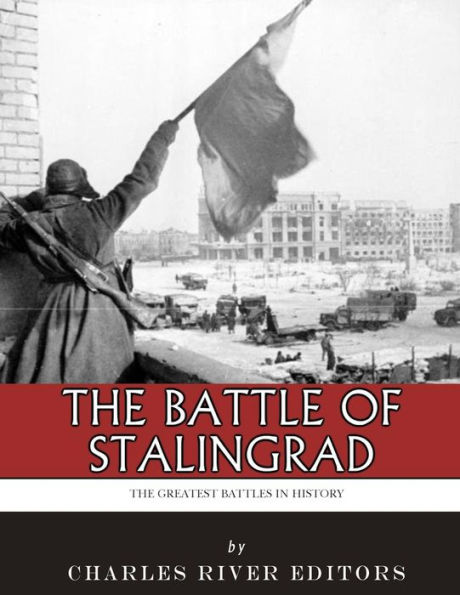

Barnes and Noble
The Greatest Battles in History: The Battle of Stalingrad
Current price: $11.14
Size: OS
Loading Inventory...
*Product information may vary - to confirm product availability, pricing, shipping and return information please contact Barnes and Noble
"Approaching this place, soldiers used to say: 'We are entering hell.' And after spending one or two days here, they say: 'No, this isn't hell, this is ten times worse than hell.'" - Soviet general Vasily Chuikov
World War II was fought on a scale unlike anything before or since in human history, and the unfathomable casualty counts are attributable in large measure to the carnage inflicted between Nazi Germany and the Soviet Union during Hitler's invasion of Russia and Stalin's desperate defense. The invasion came in 1941 following a nonaggression pact signed between the two in 1939, which allowed Hitler to focus his attention on the west without having to worry about an attack from the eastern front. While Germany was focusing on the west, the Soviet Union sent large contingents of troops to the border region between the two countries, and Stalin's plan to take territory in Poland and the Baltic States angered Hitler. By 1940, Hitler viewed Stalin as a major threat and had made the decision to invade Russia: "In the course of this contest, Russia must be disposed of...Spring 1941. The quicker we smash Russia the better." (Hoyt, p. 17)
The surprise achieved by the German invasion in 1941 allowed their armies to advance rapidly across an incredibly wide front, but once winter set in, the two sides had to dig in and brace for German sieges of Russian cities. In the spring of 1942, Germany once more made inroads toward Stalingrad, Stalin's own pet city. Not surprisingly, he ordered that it be held no matter what. There was more than vanity at stake though. Stalingrad was all that stood between Hitler and Moscow. It also was the last major obstacle to the Russian oil fields in the Caucuses which Stalin needed and Hitler coveted. If the city fell, so would the rest of the country, and Hitler would have an invaluable resource to fuel his armies.
Stalin chose his best general, Marshal Georgy Zhukov, to lead the more than one million soldiers who would stand between Germany and the precious city. Stalin made sure that they were continually supplied with every sort of military paraphernalia available, from tanks and aircraft to guns and ammunition. Zhukov, who had never been defeated, held the line until November 19, when Stalin ordered him to attack the now weary Germans. In a carefully planned pincer maneuver, the Soviet armies attacked from both the north and the south, carefully encircling the German troops until the German general, Friedrich Paulus, begged Hitler to allow him to withdraw. But by then the Fuhrer was obsessed with capturing the city that he refused his general's pleas, so the Germans attempted to hold on, losing thousands of additional men without taking the city. When the remains of the German 6th Army finally surrendered in February 1943, they had lost about 1.5 million men and over 6,000 tanks and aircraft in a little more than 5 months of fighting. The Soviets lost a staggering number as well, with estimates of over 1 million casualties.
Altogether, the Battle of Stalingrad was the deadliest battle in the history of warfare, and the Soviets' decisive victory there is considered one of the biggest turning points in the entire war, and certainly in the European theater. Over the next two years, the German gains in Russia were steadily reversed, and the Red Army eventually began pushing west towards Berlin. Fittingly, the importance of Stalingrad was commemorated in several ways, from Churchill presenting Stalin with a "Sword of Stalingrad" to the Russians' decision not to rebuild parts of the battle scarred city as a reminder of what happened there.

